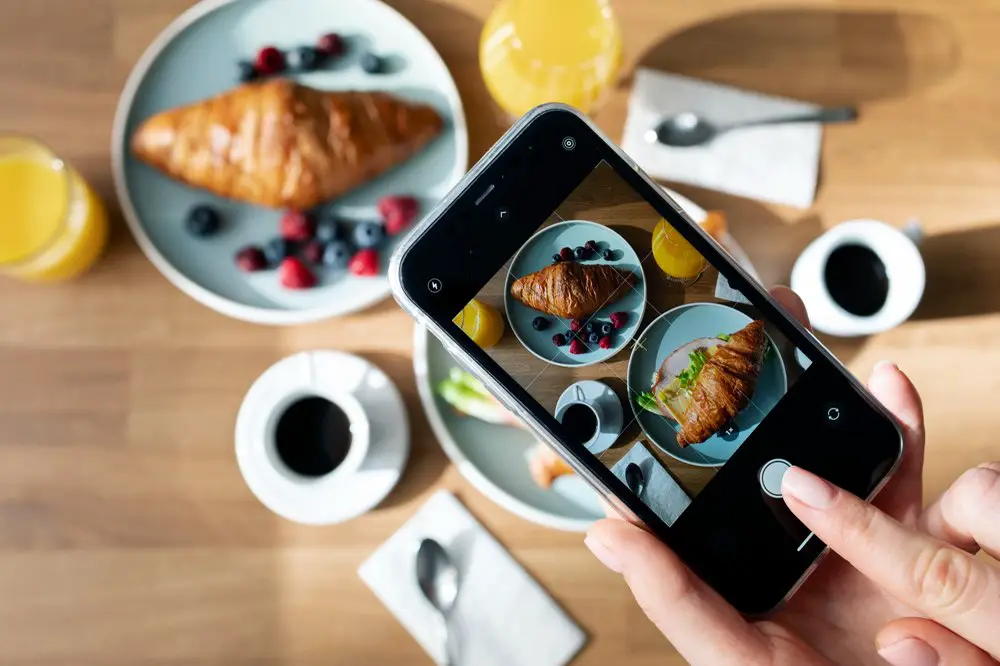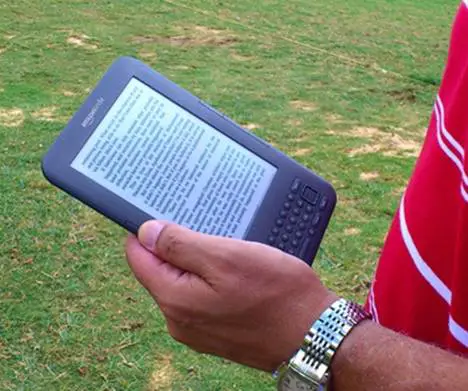In the age of smartphones, we’ve all become amateur photographers, capturing every memorable moment with the convenience of our pocket-sized devices. But here’s the million-dollar question: Is your smartphone camera truly better than a dedicated, real camera? Let’s embark on a photographic journey to explore the pros and cons of both, and by the end of this article, you’ll have a clearer perspective on which one is right for you.

The Smartphone Camera Revolution
Remember the days when carrying a bulky camera with a detachable lens was the norm for photography enthusiasts? Smartphones have revolutionized the way we take photos, making it incredibly convenient for anyone to capture high-quality images anytime, anywhere. But does this convenience come at the expense of quality?
[Read also: 10 Quick Tips for Taking Great Mobile Phone Camera Photos]
The Pros of Smartphone Cameras
- Accessibility: The most obvious advantage of smartphone cameras is their accessibility. You have a powerful camera right in your pocket at all times, eliminating the need for carrying additional gear.
- Ease of Use: Smartphone cameras are incredibly user-friendly. Most of us can pick up a smartphone and take a decent photo with minimal effort, thanks to features like autofocus and automatic settings.
- Editing on the Go: Photos editing apps are readily available, allowing you to enhance your photos instantly. You can adjust brightness, contrast, and apply filters right after taking a shot.
- Sharing Instantly: With smartphones, you can share your photos instantly on social media or with friends and family. This immediacy is a big plus for documenting and sharing moments.
- Cost-Effective: Compared to high-end cameras and lenses, smartphones are a more budget-friendly option.
[Read also: How to Take 0.5 Selfies – Wide-Angle Smartphone Photography]
The Cons of Smartphone Cameras
- Limited Image Quality: Smartphone cameras, while convenient, often struggle to match the image quality of dedicated cameras, especially in challenging lighting conditions.
- Lack of Manual Control: While smartphones are user-friendly, they offer limited manual control over settings like aperture and shutter speed, which can hinder creative photography.
- Digital Zoom Quality: The digital zoom on smartphones can result in a loss of image quality when compared to the optical zoom capabilities of dedicated cameras.
- Fragility: Smartphones are more fragile than dedicated cameras and can be easily damaged in adverse conditions, affecting their longevity.
- Limited Versatility: While smartphones are versatile for everyday photography, they may not excel in specialized photography genres like wildlife or macro photography, where dedicated cameras shine.
[Read also: BUMP Photos from Phone to Computer]
The Pros of Real Cameras
- Image Quality: Real cameras, especially DSLRs and mirrorless cameras, offer superior image quality with larger sensors and interchangeable lenses. They excel in low light conditions and capturing fine details.
- Manual Control: Real cameras give you full control over settings like aperture, shutter speed, and ISO, allowing for creative flexibility and the ability to capture specific types of shots.
- Optical Zoom: While smartphones have digital zoom, real cameras offer optical zoom, which preserves image quality even when zooming in.
- Build Quality: Dedicated cameras are built to withstand rigorous use and often have weather-sealing, making them suitable for a wide range of environments.
- Versatility: With various lenses and accessories available, real cameras can adapt to different photography styles, from macro to portrait to wildlife photography.
The Cons of Real Cameras
- Bulk and Weight: Real cameras, especially DSLRs and larger mirrorless cameras, are bulkier and heavier compared to smartphones, making them less convenient for casual use and travel.
- Learning Curve: Operating a dedicated camera with manual settings can have a steeper learning curve, which may deter beginners or those seeking a quick point-and-shoot experience.
- Cost: High-quality dedicated cameras and lenses can be expensive, making them a significant investment for photography enthusiasts.
- Maintenance: Real cameras require more maintenance, including sensor cleaning, lens maintenance, and occasional firmware updates, which can be time-consuming.
- Limited Connectivity: While dedicated cameras offer superior image quality, they often lack the seamless connectivity and instant sharing capabilities of smartphones.
Conclusion: Finding the Right Balance
So, is your smartphone camera better than a real camera? The answer depends on your needs and priorities. If you value convenience, accessibility, and the ability to share photos instantly, then a smartphone camera is a fantastic choice. On the other hand, if you’re passionate about photography, demand top-notch image quality, and enjoy experimenting with manual settings, a dedicated camera is hard to beat.
Ultimately, many photographers find a balance by using both their smartphone and a real camera. Smartphones are perfect for everyday snapshots and quick sharing, while dedicated cameras excel when it comes to professional or artistic photography.
In the end, the best camera is the one that helps you capture and cherish your memories, whether it’s a smartphone or a real camera. So, go ahead and snap away, because it’s not about the tool you use, but the moments you capture that truly matter.
Happy clicking!




Great review Peter!
The camera is impressive but if you want a great phone with a really great camera then check out the new Sony’s that are coming out in a little while.
I think it’s a mistake they made this phone a slider with the keyboard. people who still favor physical keyboards are people who never really tried a good on screen touch keyboard.
You’re probably right about the slider and the keyboard Danny. Oh.., There’ll be a new Sony phone coming?
There’s always new phones coming from Sony and the other manufacturers. It goes so fast they never take a break.
Sony is dropping the Ericson part of the name I read.
They’ve shown some awesome new phones at the CES this year. very impressive and good looking.